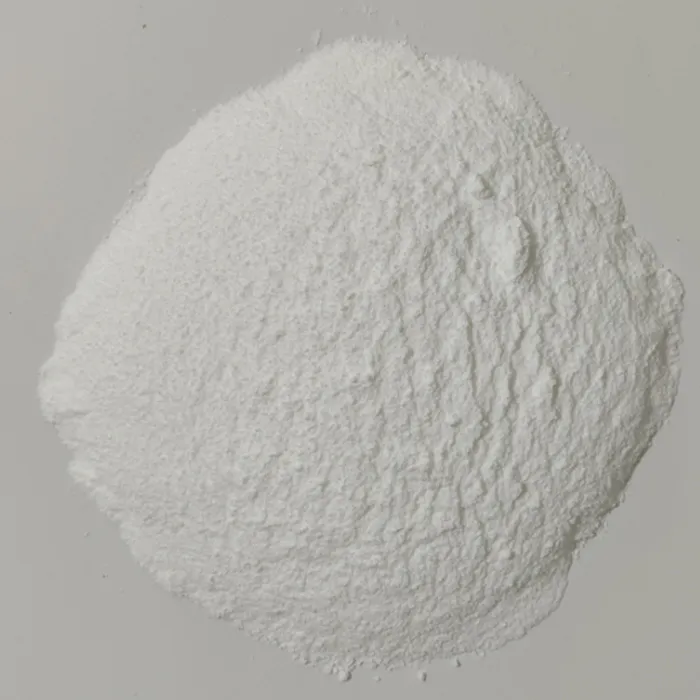The Use of L-Ornithine L-Aspartate in Clinical Practice
L-Ornithine L-Aspartate (LOLA) is a compound formed by the amino acids ornithine and aspartate, which has garnered considerable attention in the field of medicine, particularly in hepatology. Its primary use revolves around the management of hepatic encephalopathy, a neuropsychiatric complication arising from liver dysfunction. Hepatic encephalopathy manifests as a spectrum of neurocognitive impairments due to the accumulation of toxic substances, particularly ammonia, which the liver fails to adequately clear. This article explores the pharmacological properties, mechanisms of action, clinical applications, and safety profile of L-Ornithine L-Aspartate.
Mechanism of Action
The efficacy of L-Ornithine L-Aspartate in treating hepatic encephalopathy can be primarily attributed to its ability to lower ammonia levels in the blood. In patients with liver dysfunction, ammonia accumulates and crosses the blood-brain barrier, leading to neurotoxic effects. LOLA aids in the detoxification of ammonia through several pathways.
Firstly, ornithine serves as a substrate for the urea cycle, promoting the conversion of ammonia into urea, which can then be excreted by the kidneys. Additionally, the presence of aspartate enhances the detoxification process through the formation of ammonium salts. LOLA not only facilitates this metabolic pathway but also helps in restoring the balance of amino acids in the brain, thereby alleviating symptoms associated with hepatic encephalopathy.
Clinical Applications
The primary indication for L-Ornithine L-Aspartate is the treatment of hepatic encephalopathy, especially in patients with cirrhosis. Research has shown that LOLA administration can significantly reduce the number of episodes and severity of encephalopathy. Studies suggest that patients receiving LOLA demonstrate improvements in cognitive function, with enhanced attention, psychomotor speed, and orientation, leading to better quality of life.
In addition to hepatic encephalopathy, LOLA is being investigated for potential use in other conditions associated with elevated ammonia levels, such as urea cycle disorders and certain metabolic disorders. There is some preliminary evidence suggesting that LOLA may improve outcomes in critically ill patients by modulating nitrogen balance and supporting protein metabolism.
use of l ornithine l aspartate

Administration and Dosage
L-Ornithine L-Aspartate is available in various formulations, including oral tablets and intravenous solutions. While the dosage may vary based on the severity of the condition and the patient's overall health status, oral administration typically involves 3 to 6 grams per day, divided into multiple doses. Intravenous administration is usually reserved for acute situations, where rapid action is necessary.
Healthcare providers must individualize treatment plans to account for the patient's specific circumstances, including the presence of comorbidities and potential interactions with other medications.
Safety and Side Effects
The safety profile of L-Ornithine L-Aspartate is generally favorable. Common side effects tend to be mild and may include gastrointestinal symptoms such as nausea, diarrhea, and abdominal discomfort. Serious adverse effects are rare. However, as with any pharmacological intervention, it is essential to monitor patients for possible hypersensitivity reactions or interactions with other hepatic medications.
Conclusion
L-Ornithine L-Aspartate represents a valuable therapeutic agent in the management of hepatic encephalopathy, addressing a critical unmet need in patients with liver failure. Its dual action of ammonia detoxification and modulation of amino acid levels presents a rational approach to mitigating the neurological complications associated with liver disease. As ongoing research continues to elucidate its potential roles in various metabolic disorders, LOLA may expand its footprint beyond hepatology into broader clinical applications.
In conclusion, L-Ornithine L-Aspartate stands out not only for its efficacy in treating liver-related cognitive dysfunction but also for its safety, making it an important consideration for clinicians managing complex cases of liver disease. Its integration into clinical practice can significantly enhance patient outcomes, emphasizing the need for further investigation into its additional therapeutic potentials. As our understanding of metabolic therapies evolves, compounds like LOLA may play an integral role in the future of patient-centered care in hepatology and beyond.

